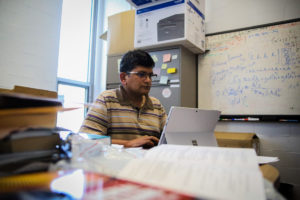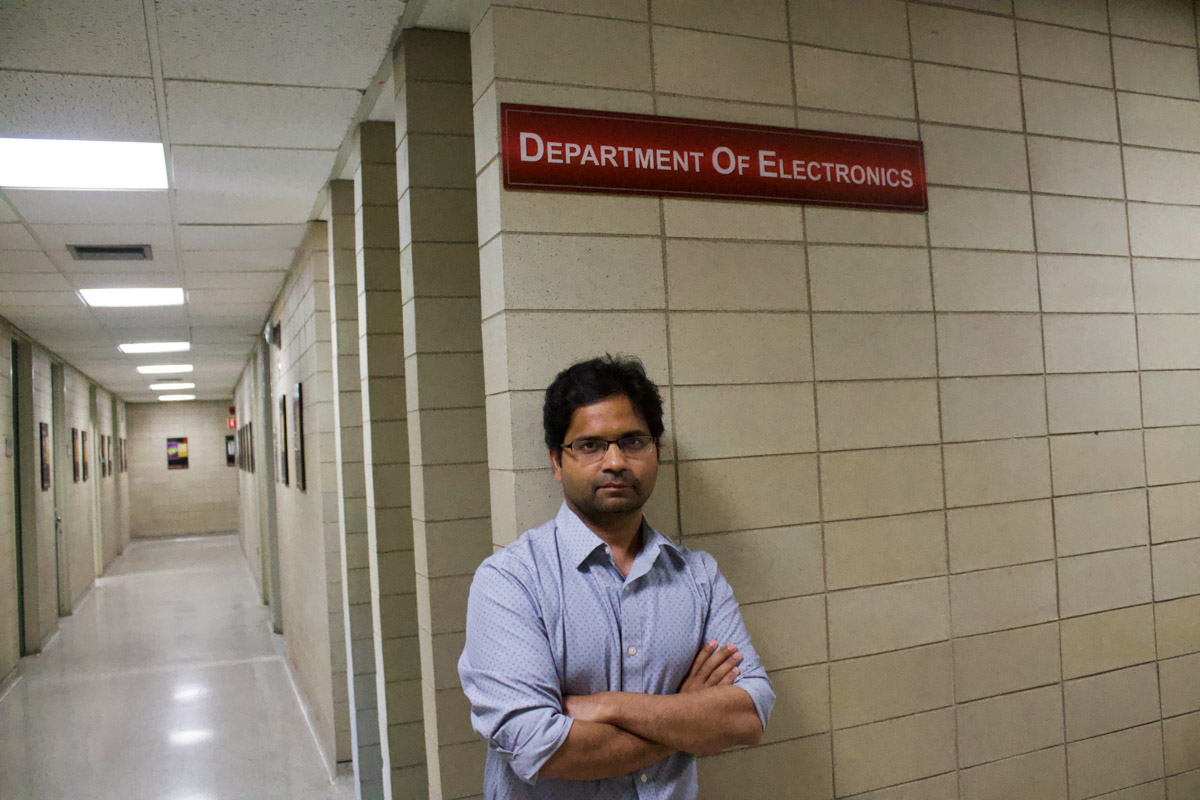A research team led by Carleton is getting $1.5 million from the Department of National Defence to create the first electronic camouflage.
“What we want to do is to create a technology where we can make the detection of those [objects] difficult or not possible,” said Shulabh Gupta, a Carleton electronics professor who’s leading the team with other faculty and students from the University of Ottawa and Polytechnique Montréal.
“We want to find new ways to make detection difficult,” he said.
Over the next three years, each university will be working in collaboration, but also in competition, in the hopes of discovering technology which will go on to be manufactured.
“In one way it is exciting, and another it is like a pandora’s box—you have no way of knowing what you’re going to see,” said Sreeraman Rajan, a computer engineering professor at Carleton who’s joining the team as a junior researcher.
Rajan will be responsible for creating the software and artificial intelligence for the technology.

The new technology produced must be able to predict changes in the real world, said Rajan.
“Let’s say there is a tank in the desert, and it’s in front of a sand dune. It’s one thing to have it project the sand dune in front of it, so an observer just sees the sand dune,” he said.
“But in real life, it’s more complicated.”
“If the wind starts blowing sand, and the tank only shows the sand dune behind it without the wind, someone can tell that there is a hidden object there,” he added.
The project, called Artificially Intelligent Biomimetic Metasurfaces for Electromagnetic Camouflage, will include camouflage for the visible light spectrum, infrared spectrum, and radio frequencies.
If successful, the technology should function as a real-life “cloak of invisibility” from the Harry Potter series, explained Rajan.
“There is one scene where Harry is in the library wearing it, and the cat can see him, but the professor cannot,” he said. “We want to be able to avoid detection by the human eye, like the professor.”
“But eventually, we want to be able to fool even the cat.”
Feature image by Saraah Rasheed.






